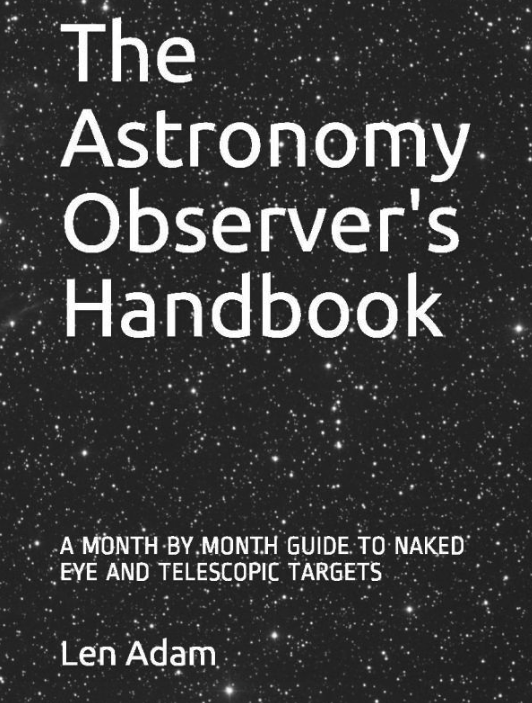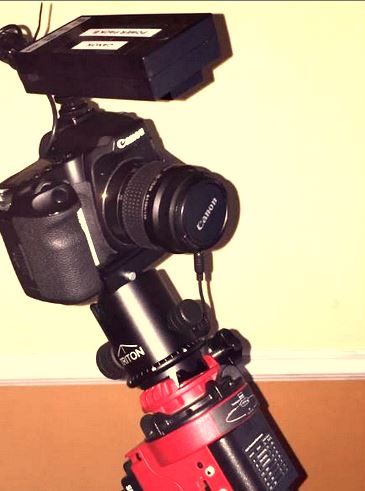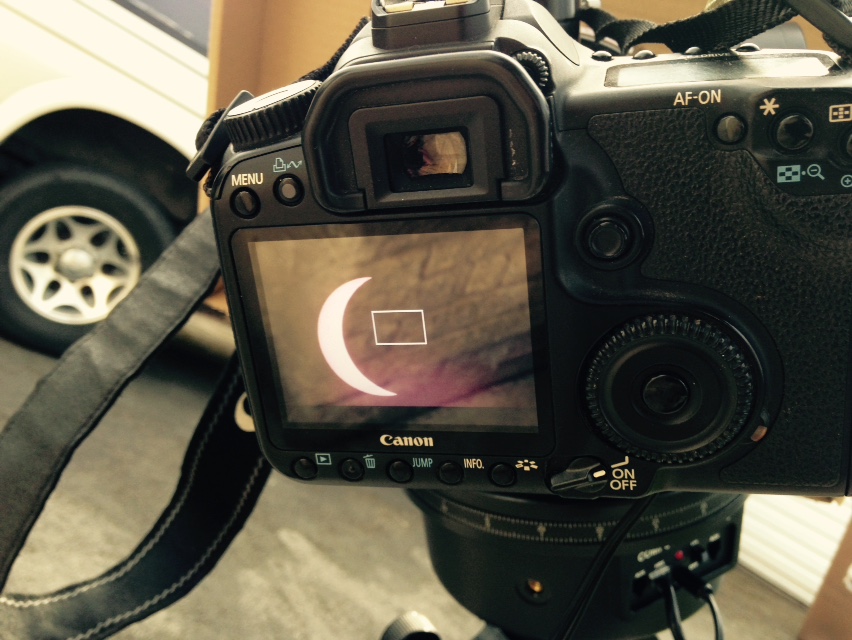A cloudy blowy day here in Cabrera with some odd bits of sunshine getting through.
T11 in new Mexico was available so I took this 10 minute image of M101.

and then a 10 minute image of the globular cluster M5

and then a 10 minute exposure of M10

and a fairly spectacular closer look at M10

This is the telescope used for the above images

The video below (no commentary) shows the Rosetta Spacecraft. From Wikipedia:
"Rosetta is a robotic spacecraft built and launched by the European Space Agency to perform a detailed study of comet 67P/Churyumov–Gerasimenko. It is part of the ESA Horizon 2000 cornerstone missions and is the first mission designed to both orbit and land on a comet."
"Comet Churyumov–Gerasimenko, officially designated 67P/Churyumov–Gerasimenko, is a comet with a current orbital period of 6.45 years. It will next come to perihelion on 13 August 2015. Comet Churyumov–Gerasimenko is the destination of the European Space Agency's Rosetta spacecraft mission, launched on 2 March 2004, which "woke up" from hibernation mode on 20 January 2014 to monitor the comet and select a suitable site for an attempted landing in November 2014 by its Philae lander."
Although the comet will be low in the early evening sky from Cabrera it is magnitude 20 - requiring a big telescope to detect it - way beyond the capability of my telescopes. (About 300,000 times fainter than the faintest star you can see with the naked eye if my calculation is correct!!"
It is currently in Sagittarius

The clouds have cleared at 6 pm here in Cabrera - hopefully it will stay that way. My plan tonight is to use the 4 inch refractor with the SkyX to look at some of the minor planets now that I have updated the large minor planet database on my laptop - it now has 638926 minor planets!!
I spoke too soon - clouds rolled in and practical astronomy was abandoned. No remote telescopes available either.
 Thursday, April 3, 2014 at 7:37PM
Thursday, April 3, 2014 at 7:37PM  [Your Name Here] | Comments Off |
[Your Name Here] | Comments Off | 














